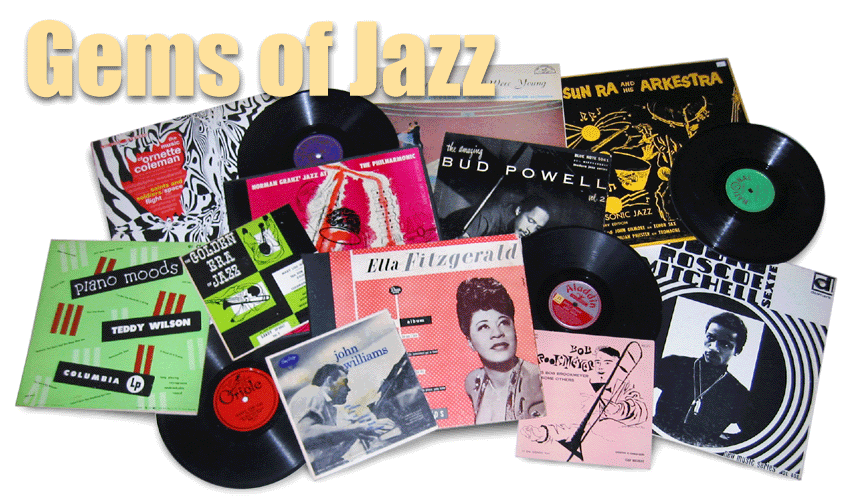 | |||
| Lowe-away zone: The saxophonist, right, and drummer Rashied Ali in repose on the streets of New York in 1973. From The Illustrated Encyclopedia of Jazz |
Memphis-born Frank Lowe was supposedly influenced by the music of his hometown as recorded by Stax, but I never heard it in his playing. He was a Coltrane man, as far as I could tell. Of course, he never achieved 'Trane's prodigious mastery of the form nor could he hold a candle to the elder player's distinctive sound. But Frank Lowe was a journeyman musician, a competent soloist and an excellent sideman in variety of new music settings.
I got to see him in action often during the '80s when I was living in New York and Frank was a frequent member of Butch Morris's conduction ensembles. What set Lowe apart from many other players of his generation was the fact that he, like Morris, was quite comfortable playing in groups with members from the downtown scene – John Zorn's crew. The "downtown" players were mostly all white, and the "creative music" practitioners were mostly all black. Though the two groups had much in common musically, they rarely if ever performed together. Frank and Butch were the crossover exceptions.
Frank Lowe released a number of excellent records in the course of his short career, and this is one of the rarer ones. It features a stellar band assembled from the two groups mentioned above, and offers a chance to compare and contrast styles. John Zorn is present on alto (this was before his duck call period) and Polly Bradfield joins the late Billy Bang on fiddle. And how 'bout that rhythm section? Eugene Chadbourne, John Lindberg and Philip Wilson – yowzah!
The tunes are loosely arranged, free-blowing free jazz vehicles with lots of soloing by the leader and the extraordinary Butch Morris. Zorn gets some space too, and he gives Frank a run for his money. Frank's liner notes explain the pieces in detail.
When I used to see Frank Lowe, it was apparent that he frequently wasn't at his best. Word went around that he was afflicted by the jazzman's habit, though that was never confirmed. When I read in 2003 that he'd passed away from lung cancer, I realized that when I used to see him he may have been suffering from a sickness of a different sort. Small consolation in that, I guess.
Here, however, is Frank Lowe at the top of his game. As always, these files were ripped from the actual vinyl with – in this case – no cleaning of the sound whatsoever.

Lowe & Behold
The Frank Lowe Orchestra
Musicworks 3002
Frank Lowe, ts, arr; Joseph Bowie, tbn; John Zorn, as; Peter Kuhn, cl, b cl; Butch Morris, cnt; Arthur Williams, tp; Billy Bang, Polly Bradfield, vi; Eugene Chadbourne, g; John Lindberg, b; Philip Wilson, d, perc.
New York, NY; October 1977
New York, NY; October 1977
1. Heart in Hand (or How Vain Am I)
2. A Hipster’s Dream
3. Lowe-commotion
4. Heavy Drama
2. A Hipster’s Dream
3. Lowe-commotion
4. Heavy Drama






